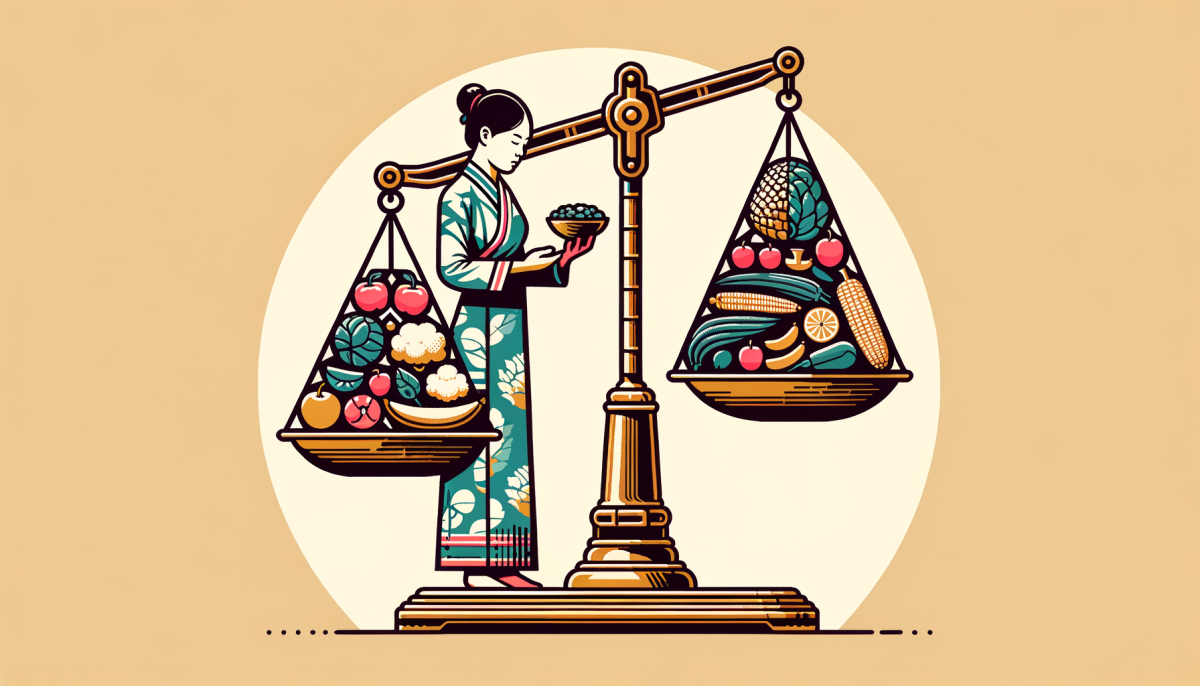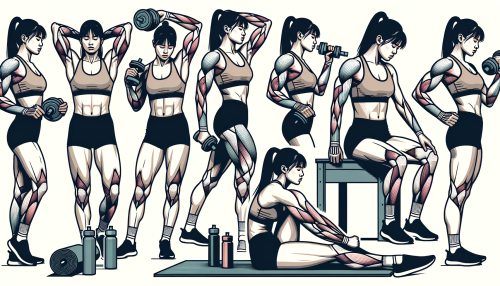Introduction
Embarking on the journey towards a balanced diet is akin to unlocking a treasure chest of health benefits. It’s a quest that requires understanding, strategy, and commitment. This article aims to provide a comprehensive guide to achieving a balanced diet, focusing on nutritional essentials, portion control strategies, and the role of exercise.
Nutritional Essentials

The cornerstone of a balanced diet is understanding the nutritional essentials. These are the building blocks of our meals, the elements that fuel our bodies and keep us healthy. They include macronutrients – proteins, carbohydrates, and fats – and micronutrients – vitamins and minerals.
Proteins are the body’s building blocks, essential for growth, repair, and maintenance of tissues. They are found in foods like meat, fish, eggs, dairy products, legumes, and nuts. Carbohydrates, on the other hand, are the body’s primary energy source. They are found in foods like grains, fruits, and vegetables. Fats, often misunderstood, are crucial for absorbing vitamins and protecting organs. They are found in foods like oils, nuts, seeds, and fish.
Micronutrients, though required in smaller amounts, are equally important. Vitamins and minerals support various bodily functions, from bone health to immune function. They are found in a wide variety of foods, with fruits and vegetables being particularly rich sources.
Portion Control Strategies
Understanding nutritional essentials is just the first step. The next is mastering portion control strategies. This involves being mindful of the quantity of food consumed, ensuring it aligns with our body’s needs.
One effective strategy is using the plate method. This involves dividing your plate into sections for different food groups. Half the plate should be filled with fruits and vegetables, a quarter with lean proteins, and the remaining quarter with whole grains. This ensures a balanced intake of all essential nutrients.
Another strategy is mindful eating, which involves paying attention to hunger and fullness cues. This helps prevent overeating and promotes a healthier relationship with food. It’s about eating when you’re truly hungry and stopping when you’re comfortably full.
Incorporating Exercise
A balanced diet is incomplete without regular exercise. Exercise not only helps maintain a healthy weight but also improves overall health and well-being. It strengthens the heart, improves circulation, boosts mood, and reduces the risk of various diseases.
The type and amount of exercise needed can vary depending on individual needs and goals. However, the World Health Organization recommends at least 150 minutes of moderate-intensity or 75 minutes of vigorous-intensity physical activity per week for adults. This can include activities like walking, running, cycling, swimming, or strength training.
It’s important to remember that any movement is better than none. Even small changes, like taking the stairs instead of the elevator or parking further away from the store, can make a difference.
Conclusion
In conclusion, a balanced diet is a key to good health. It involves understanding nutritional essentials, practicing portion control, and incorporating regular exercise. It’s not about perfection, but about making better choices more often. With knowledge, strategy, and commitment, anyone can unlock the secrets to a balanced diet.





